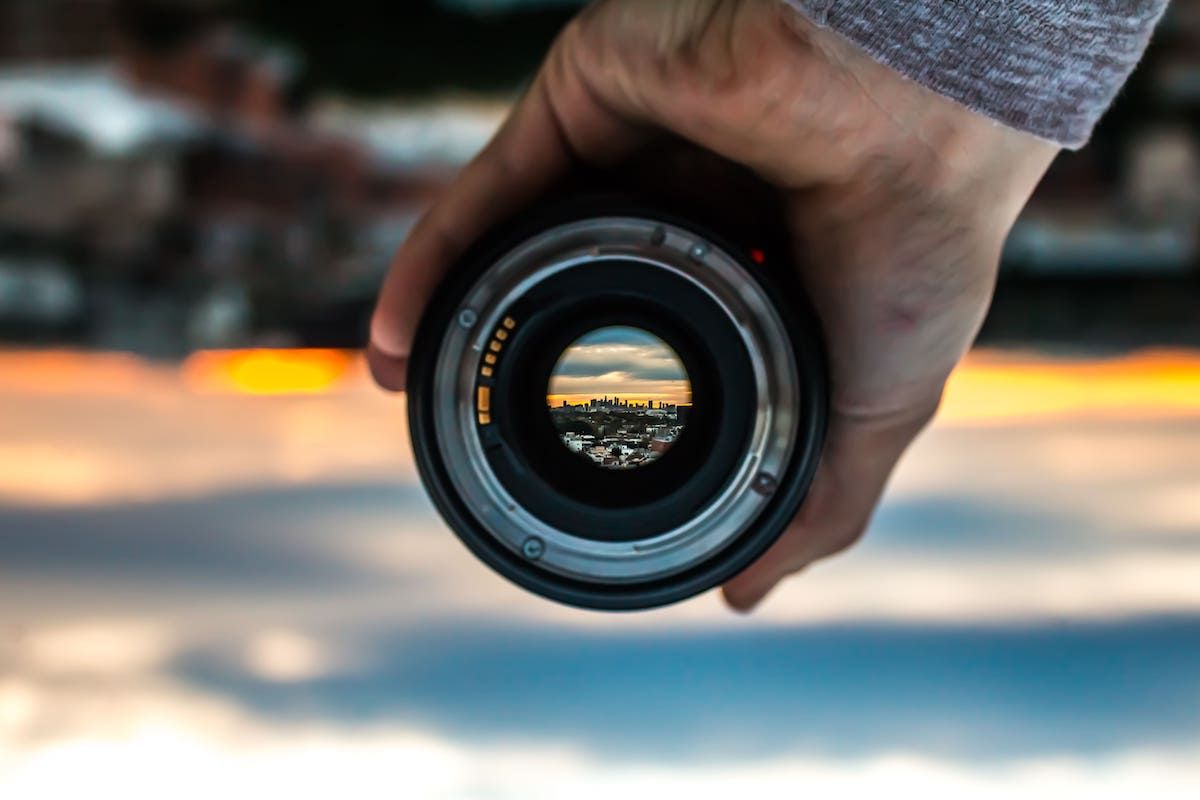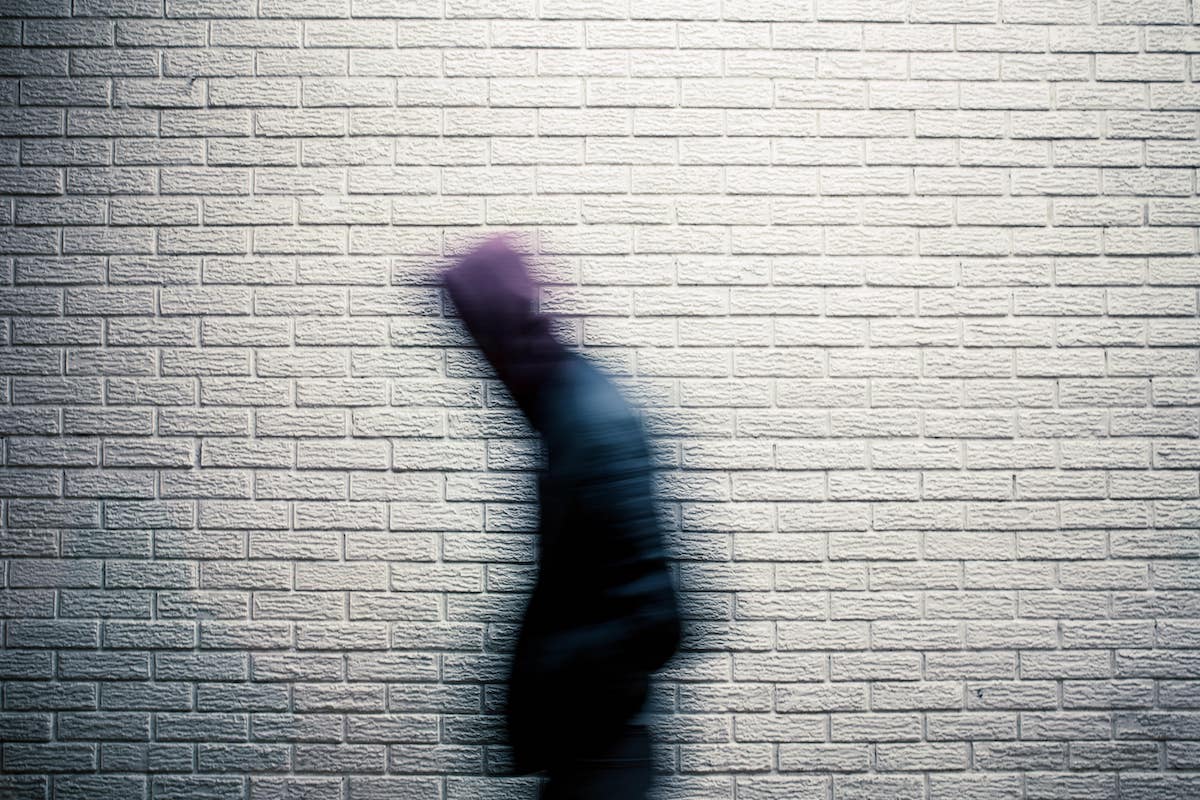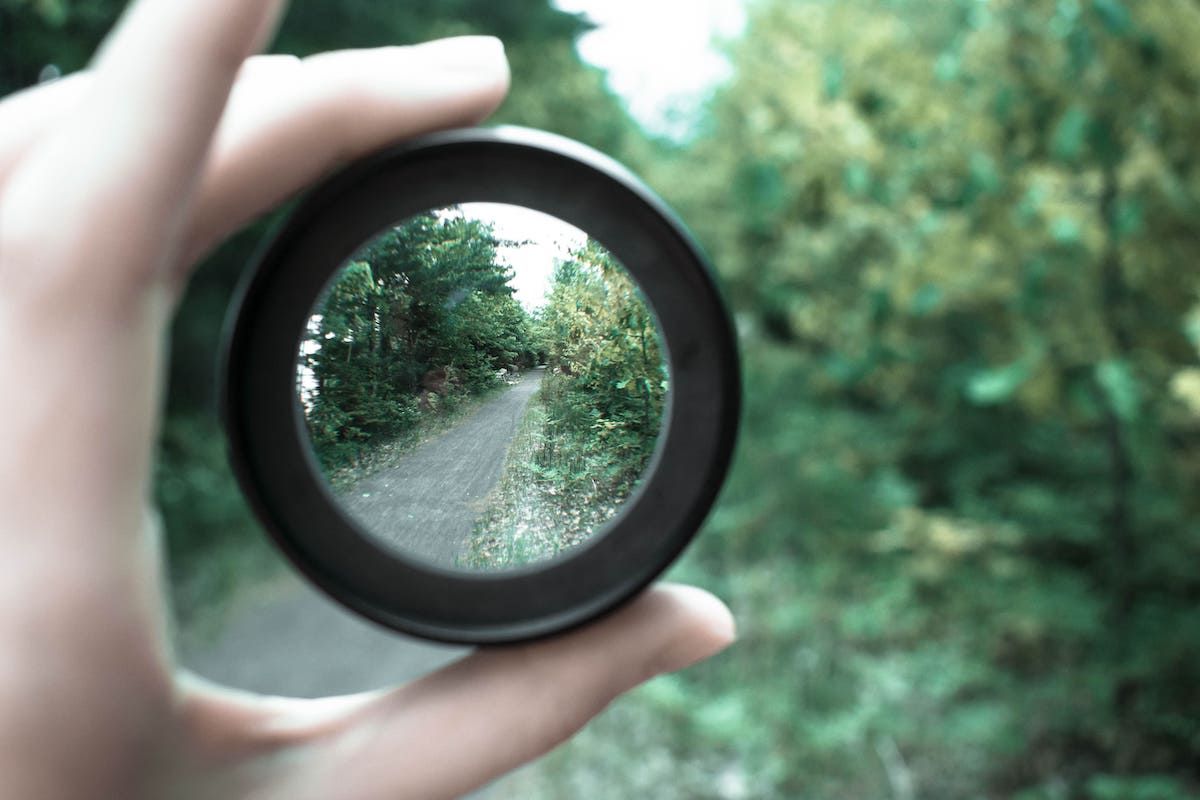Camera Focus Explained – Learn What It Is & 5 Tips to Work With It
Rent film gear from local filmmakers.

Rent film gear from local filmmakers.
Nowadays, most devices automatically control focus, making it easy to take it for granted.
Still, for photographers, turning autofocus off means unlocking numerous opportunities. Indeed, camera focus goes way beyond guaranteeing your picture is not blurry. It is also a powerful tool to shape the story you aim to tell.
Keep reading to understand how you work with camera focus.
What is camera focus in photography?
Every image has a plane of focus, which is the area in space with the potential to be the sharpest.
Simply put, focus describes the process of adjusting the lens so that this plane exists where you want it to. This way, you get the best resolution, sharpness, and contrast for your selected elements. Such are the ones you want your viewers to give more attention to.

What is the depth of field?
As we all know, depth is the distance from the camera. In that sense, depth of field refers to how much of that distance is focused. You can manipulate it through the aperture and focus distance.
For instance, it allows you to blur the background and successfully isolate subjects, which becomes particularly important in portrait photography.
How does camera focus work?
As with every aspect of photography, light is the main character.
When light enters the camera, the lens bends it and appropriately directs it to the sensor. That is how we can reproduce a large scenario in a pocket-sized sensor (yes, your camera is capable of shrinking stuff like in Ant-Man).
In theory, that process is the focus, and you adjust it to determine what looks sharp in your images.
Automatic vs. manual focus?
Today, autofocus technology is beyond impressive, but it is still not flawless. The automatic mode uses internal lens motors and camera software AI to focus. Usually, this is triggered by pressing the shutter button down halfway. Even though it is faster, it cannot read your mind (fortunately) and may underperform in some conditions.
With manual focus, you have to make adjustments by hand using the focus ring. As you rotate it, your lens will smoothly change the plane of focus.
Photographers opt for this mode when they want to be more creative or when the autofocus is unreliable, like in low light conditions.

Phase detection vs contrast detection
Phase detection
In short, the light enters the lens, strikes the mirror in front of the sensor, gets reflected, and finally meets the viewfinder. However, when it hits the mirror, some of it passes through and proceeds to encounter the autofocus sensor. The autofocus sensor has two or more image sensors.
When the light reaches these two sensors, if an object is in focus, light rays from the extreme sides of the lens converge in the center of each sensor. Consequently, both sensors would have identical images, indicating that the object is indeed in perfect focus.
On the other hand, if a subject is out of focus, the light would no longer converge (instead, it hits different sides of the sensor).
Contrast detection
Cameras without a mirror use contrast detection. First, the camera instructs the lens to scan the light levels on the pixels. With this system, the focus is provided by the light falling on the principal sensor. Accordingly, the area with maximum intensity indicates where the sharpest focus must be.
Unlike phase detection, the focus points are not limited by the design of the mirror (in fact, it can have countless). Unfortunately, the camera can only focus if it constantly evaluates photographs.
4 Types of focus in photography

1. Deep focus
Deep focus is when all elements in the foreground, middle ground, and background stay noticeable. You use it when you want the viewer to see everything at once. To achieve it, you must understand the aperture and know your lens.
2. Shallow focus
This type of focus is crucial in portrait photography. Here, you want to isolate your subject while everything else is blurred. Most importantly, it allows you to lock your viewer's eyes on a particular element.
3. Soft focus
Soft focus is the opposite of deep focus. In other words: nothing in your image is sharp. Although it may seem undesirable, this technique will give your image a dreamy (and even slightly psychedelic) effect.
Soft focus makes your entire frame smooth, and your subjects are outlined with a slight blur or glow. Often, it requires special lenses.
4. Rack focus
A rack focus is the filmmaking technique of altering the focal plane during a continuous shot. The shot shifts the focus from one object in the frame to another.
The more shallow the depth of the field, the more evident the transition between focal planes. You use it when you want your viewers' attention to jump between different elements.
5 tips for taking focused images

1. Know your focal points
To get acquainted with your focus points, peek into your viewfinder. Rectangles and squares represent your possible focus points.
Horizontal rectangles scan vertical lines (such as a building), while vertical rectangles act on horizontal ones (like a bridge). Other lines are seized by the squares (also called cross points).
2. Focus first, then recompose
It is often best to take one thing at a time. Start by positioning the central point over the subject you want to look the sharpest. Then, push the shutter button midway down.
Now, recompose the shot. If the center focus point is nowhere near the center of the composition, try using one of the other focus points instead.
3. Use aperture priority mode
The aperture priority mode spares the hassle of adjusting all the camera settings from scratch.
Once you define the desired depth of field and ISO setting, the camera automatically adapts the shutter speed for clear shots.
4. Use a faster shutter speed for moving subjects
When it comes to moving elements, there is no room for you to be concerned about the depth of field. If you want to catch a sharp shot of your model, prioritize fast shutter speed.

5. Use live view to help with manual focusing
As manual focusing may require constant tiny adjustments, it is helpful to have a live view of your image. Fortunately, most cameras allow that via a small screen.
Learn more. Deep dive into depth of field
Now that you know how important focus is, it is time that you learn how to play with it.
Learn how to isolate your subjects and create captivating portraits by deep diving into the depth of field.
How to focus on my iPhone?
Tap on the screen on the element you want to see focused.
How to set focus on my camera?
Via a switch on the lens or body labeled AF/MF (Autofocus/Manual focus).
How does a camera focus?
The lens bends the light and directs it to the sensor.






















